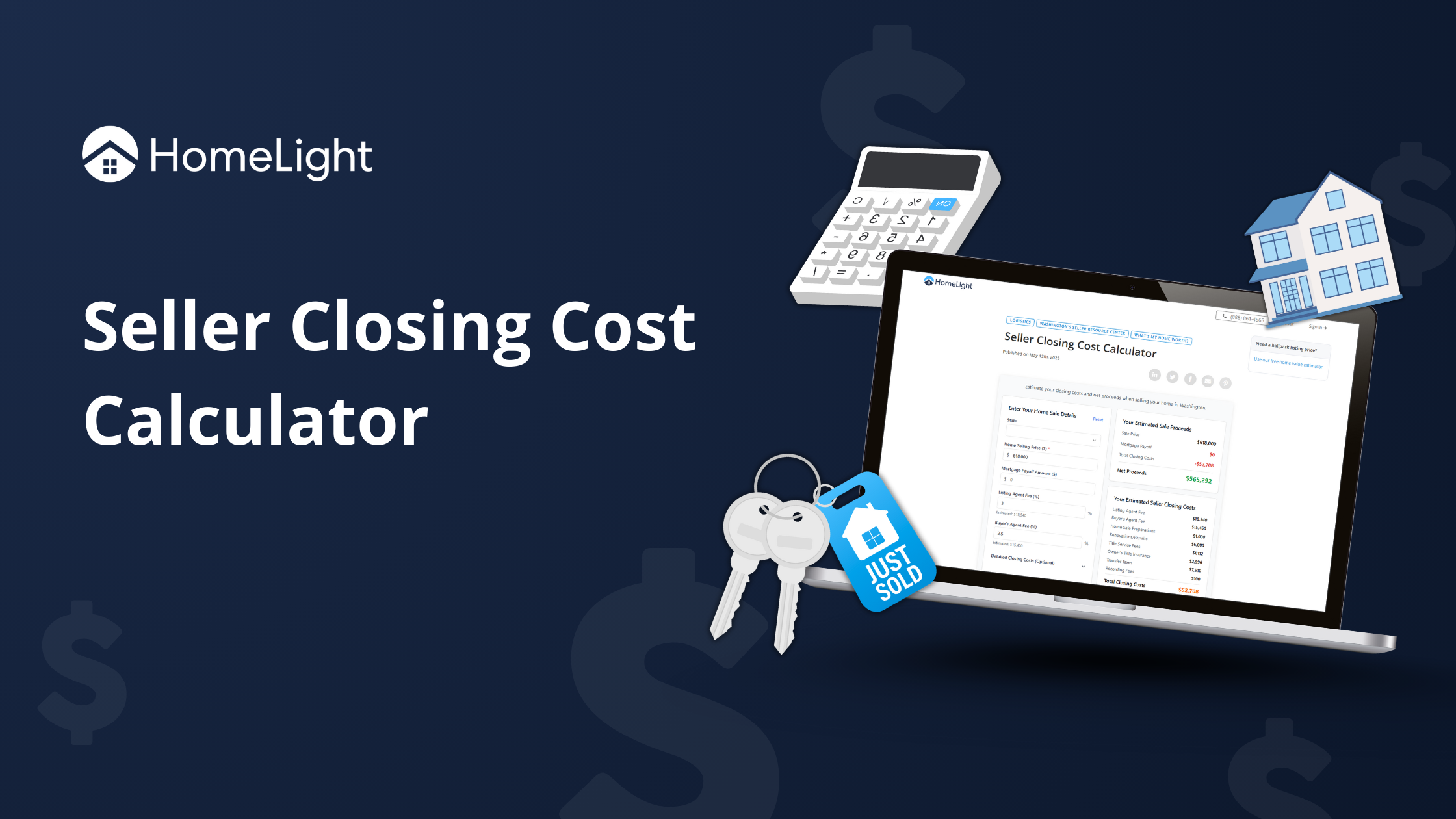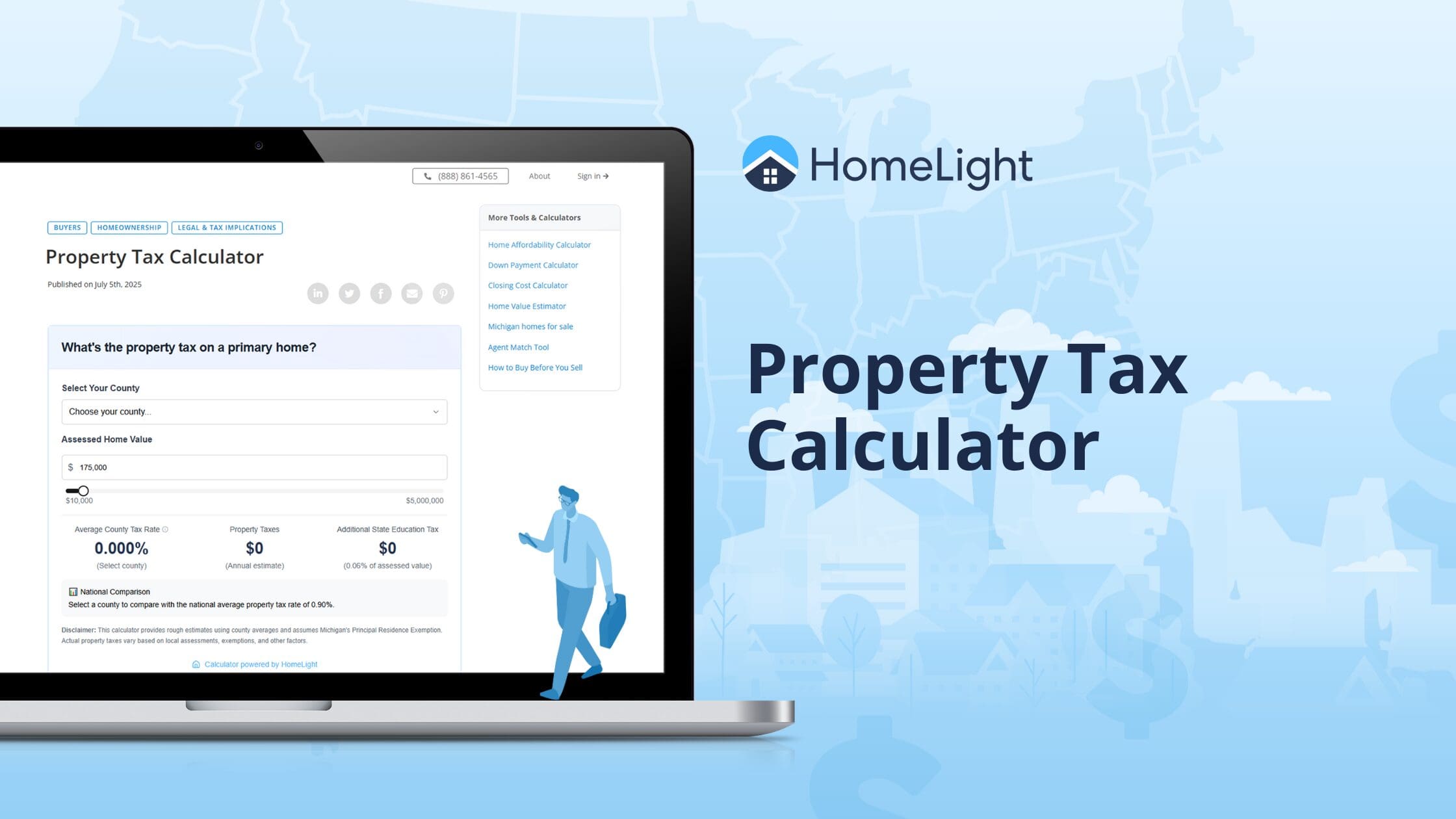
Disclaimer: Information in this blog post is meant to be used for educational purposes only, not as a substitute for legal advice. If you have a question about your settlement statement, HomeLight always encourages you to reach out to your own advisor. It’s the moment when you can’t bear to see another piece of paper related to your home sale that you’ll receive the settlement statement — also known as a closing statement in real estate. Muster up the energy to go over it with fresh eyes, with the help of this line-by-line guide detailing how to read a settlement statement. The dense document will reveal an exciting calculation: how much you’ll pocket from this sale at the end of the day, after accounting for fees, taxes, and other charges. Sellers can expect to pay between 6%-10% of the final sale price in commissions and closing costs, so it’s nice to see exactly where that money is going. A settlement statement is an itemized list of fees and credits summarizing the finances of an entire real estate transaction. It serves as a record showing how all the money has changed hands line by line. It details the funds owed to real estate agents collecting commission from the sale, local governments owed taxes and recording fees, and final charges going to the lender. At the bottom of the statement, you’ll see your net proceeds in the seller credit column, as well as what’s due from the buyer. Think of this document as a formal receipt for your home sale. Buyers tend to sign the bulk of the paperwork at closing, making some sellers wonder if they will even receive a settlement statement. However, this is one document that holds relevance among all parties to the transaction. Both seller and buyer will receive a copy of the settlement statement at closing to review. Whoever is facilitating the closing — whether it be a title company, escrow firm, or real estate attorney — will be responsible for preparing the settlement statement. The settlement statement is called just that: a settlement statement. Different versions of these documents are used from state to state. However, the settlement form developed by the trade group ALTA (American Land Title Association) is widely used across the nation for real estate transactions. To clear up any confusion, the settlement statement you’ll receive is not an HUD-1. As of October 3, 2015, the Closing Disclosure has replaced the HUD-1 Settlement Statement and Truth-in-Lending Statement, combining them into one document. Yes, a settlement statement is the same as a closing statement, though “settlement” is the formal term most likely to be used by the real estate industry. The Closing Disclosure contains almost the exact same information as the settlement statement, but it is specific to the borrower and their fees. The Closing Disclosure is issued by the buyer’s lender, and is designed to be compared to the Loan Estimate, which is the first estimate of fees the buyer gets when they borrow money. Usually lenders will prepare the Closing Disclosure based on a copy of the estimated settlement statement sent by the closing agent. If the bottom line totals in the Closing Disclosure and settlement statements don’t match, that’s a major red flag that something is off. Sellers do not typically receive a copy of the Closing Disclosure. In a cash transaction, there is no need for a Closing Disclosure since no one is borrowing money — however, buyer and seller would still receive a settlement statement summarizing their costs and any payouts. A particular line item that causes confusion on the seller’s settlement statement is the “Excess Deposit.” What is an excess deposit, and who will receive the funds listed on that line? In short, the excess deposit line represents any funds remaining from the buyer’s earnest money deposit after accounting for real estate agent commission fees. Let’s say the buyer put down a $7,000 earnest money deposit on a $100,000 home. The listing agent and buyer’s agent are both owed 3% of the sale price, or a total of 6% ($6,000) at closing. That leaves $1,000 in “excess deposit” that will be paid back to the seller. A standard settlement statement has a column for the seller’s debits and credits on one side, a column for the buyer’s debits and credits on the other, and a description of the charge in the middle. Below we use the ALTA form as an example and break it down, line by line. At the top of the document (before you get to the portion that looks like a spreadsheet) you’ll see a few boxes for inputting information that records basic details about the transaction, such as the names of the buyer and seller, the property address, and the closing date. Here’s a line-by-line breakdown: Like your typical budget balancing sheet, the settlement statement is organized into Debits (expenses) and Credits (deposits or increases) to the account. Other forms might have columns labeled as “Seller Charge” and “Seller Credit,” which mean the same thing. Now let’s get into the different spreadsheet sections on the closing statement. The first part of the form, labeled “Financial,” details the price your buyer is paying, and then lists items that are debited against that price. Under the Prorations/Adjustments section, you’ll see how much you might owe in property taxes (school or county taxes) or homeowner association dues for the period leading up to the time you hand over the keys. For instance, let’s say you close April 15, and the tax bill for January through the end of May is due June 1st. In that case, the seller would need to pay out their taxes from January through April 15 at closing. The buyer would cover April 16 through June 1, as well as the property taxes associated with the home moving forward. Each locality may have unique taxes, like a garbage pick-up tax. The next subhead, “Loan Charges’” details what the buyer’s mortgage lender is charging. You, the seller, may have agreed to pay some or none of these costs. It all depends on what you negotiated with the buyer during the closing process. Other Loan Charges: At closing the buyer sets up an impound (or escrow) account that allows them to bundle the cost of their mortgage principal and interest, taxes, and mortgage insurance into one payment. A buyer might be required to pay some charges, like homeowners insurance premiums or county taxes, in advance at closing. “Title Charges Escrow” or “Settlement Charges” are all fees charged by title or escrow companies for performing tasks like notarizing signatures. The “Commission” section refers to real estate agent commissions amounting to 5%-6% of the sale price on average. Commission fees are typically the responsibility of the seller, but the total commission cut will be split between the buyer’s agent and listing agent. Government recording and transfer charges are fees levied by the county, state, or municipality for recording the deed and mortgages of the new owner. There’s a good chance that when you sell your house, it isn’t completely paid off and you still owe on the mortgage. You’ll use the sale of your home to pay off your remaining existing mortgage. The “payoff” section of the seller’s closing statement details those amounts and any associated fees or charges. Lender: Payoff Lender Co. And finally, “Miscellaneous” refers to any remaining transaction fees and charges. At the end of the settlement statement you’ll find a summary of the money that you owe (“Due from Seller”) and money that’s coming your way (“Due to Seller.”) The “Totals” row represents your credit minus your debit column — and hopefully you’re well in the black! Considering only 2.6% of all mortgage properties have negative equity as of Q1 2021, selling at a loss would be rare in the current market. A 2021 study we conducted found that it costs $31,000 on average to sell a home. But ideally your sale price covers the costs of all the transaction fees, your mortgage payoff, and then some, leaving you with a tidy sum to add to your bank account. Sources:What is a settlement statement?
Does the seller get a closing statement?
Who prepares the settlement statement?
What is the settlement statement called now?
Is a settlement statement the same as a closing statement?
What’s the difference between a Closing Disclosure and settlement statement?
What is an ‘excess deposit’ at closing?
What does the seller’s closing statement look like?
How to read the top of the settlement statement
Debits vs. credits on the closing statement
“Financial”
“Prorations/Adjustments”
“Loan Charges to (lender co.)”
“Impounds”
“Title Charges and Escrow/Settlement Charges”
“Commission”
“Government Recording and Transfer Charges”
“Payoff(s)”
“Miscellaneous”
Subtotals
Totals



